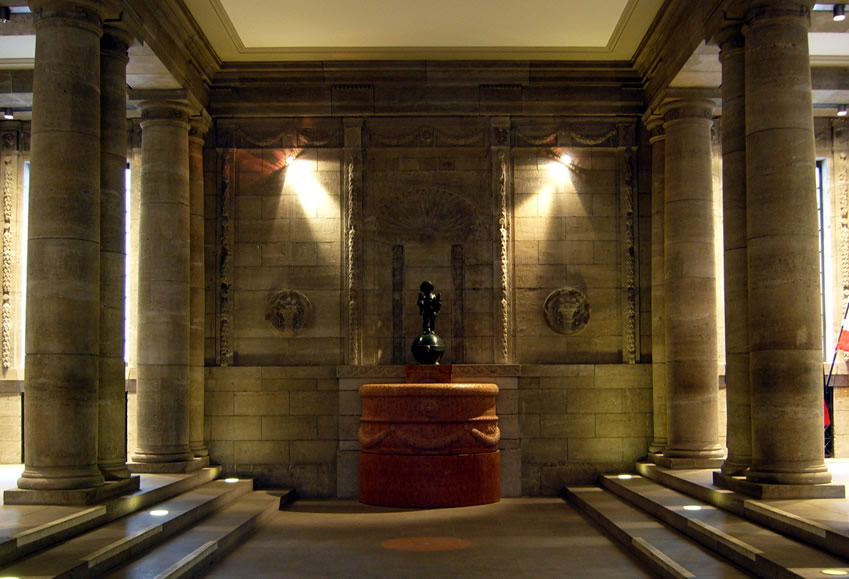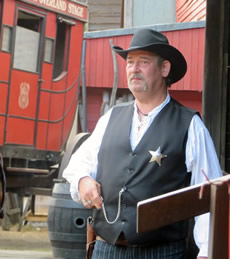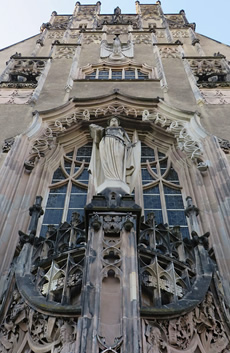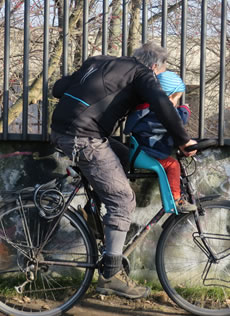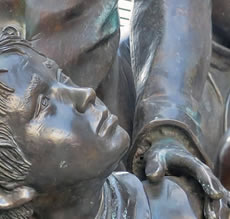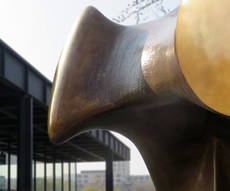Berlin
Turbulent history and a stunning hidden foyer
Old Town Hall or New Town Hall? Although you'll see this impressive municipal building confusingly named both, the high-towered edifice that extends from Jüdenstraße to Klosterstraße was in fact built between 1902–11 to supplement a lack of administrative space in the nearby Rotes Rathaus.
Later serving the East German government during the initial decades of the Cold War, the New Town Hall was eventually dubbed the Old Town Hall when most administrative functions were moved elsewhere. Following reunification, the building again reverted to its original name.
A visible reminder of this bizarre history can be glimpsed above the main entrance, where a patch of rough stone reveals the former site of a sculpted hammer and compass, official emblem of the GDR (photo, top).
Installed to replace the original Berlin city coat of arms, the motif was removed, in turn, after the fall of the Wall.
Although the massive building boasts several resplendent interiors - including the famed Bärensaal, or Bear Hall - unfortunately it's rarely open to visitors.
Nevertheless, it's still possible to savour one of Berlin's most stunning hidden spaces simply by walking into the rear entrance of the building in Klosterstraße.
The inner security doors certainly look intimidating, and you're unlikely to get past the porter, but you'll be rewarded with a glimpse of one of Berlin's most dramatic foyers - a colonnaded space in late Jugendstil style with a trickling marble fountain at its centre (above).
And if, for some reason, you don't feel up to the challenge - or just don't get past the door - the equally impressive Geschäftshaus Tietz is located just across the street.
New / Old Town Hall (Neues / Altes Stadthaus): Jüdenstraße / Klosterstraße 47, 10179 Berlin


